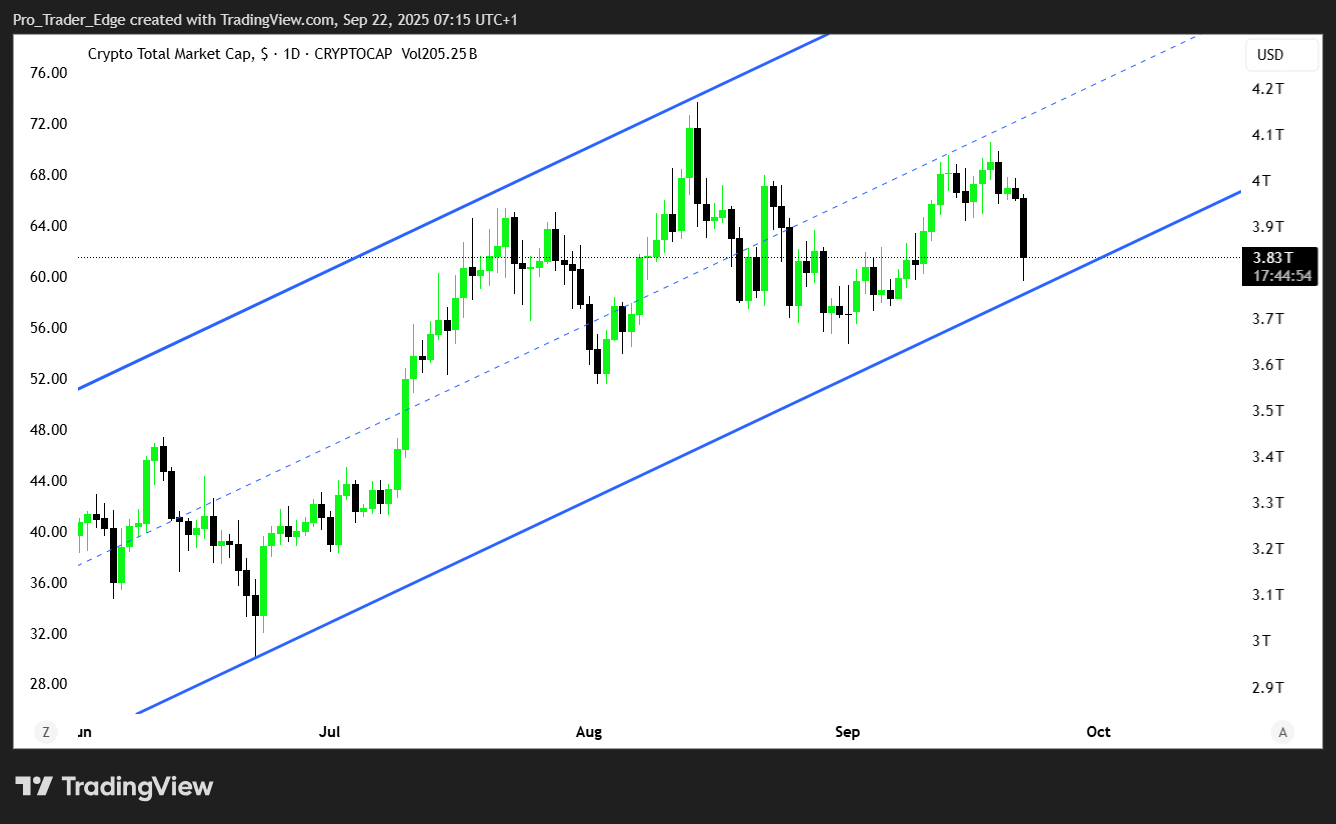Revolutionary Tether Investment: $1.15 Billion Robotics Startup Deal That Could Reshape Crypto
BitcoinWorld
Revolutionary Tether Investment: $1.15 Billion Robotics Startup Deal That Could Reshape Crypto
In a groundbreaking move that could reshape the cryptocurrency landscape, Tether is reportedly considering a massive $1.15 billion investment in German robotics startup Neura. This potential Tether investment represents one of the largest crypto-to-traditional-tech moves in recent history, signaling a bold expansion strategy from the world’s largest stablecoin issuer.
Why Is This Tether Investment So Significant?
The potential $1.15 billion Tether investment in Neura marks a strategic pivot beyond traditional cryptocurrency domains. Tether, primarily known for its USDT stablecoin, has been actively diversifying its portfolio across multiple sectors. This particular investment would represent their largest single commitment to date in the robotics and artificial intelligence space.
According to industry reports, discussions between Tether and Neura remain in early stages. However, the implications are substantial. If finalized, this Tether investment could catapult Neura’s valuation to between $9.3 billion and $11.6 billion, creating one of Europe’s most valuable robotics companies overnight.
What Does This Mean for Tether’s Investment Strategy?
Tether’s investment approach has evolved significantly over recent years. The company has already invested in 140 companies across various sectors including:
- Bitcoin mining operations
- Energy sector companies
- Financial technology firms
- Artificial intelligence startups
This potential robotics investment demonstrates Tether’s commitment to diversifying beyond cryptocurrency. The move aligns with their broader strategy of building a comprehensive technology ecosystem rather than focusing solely on digital assets.
How Could This Tether Investment Impact the Robotics Industry?
The massive scale of this Tether investment could trigger significant changes in the robotics sector. Neura, as a German startup, would gain unprecedented resources to accelerate its research and development efforts. Moreover, the validation from a major cryptocurrency player could attract additional blockchain and crypto investors to the robotics space.
This Tether investment also highlights the growing convergence between cryptocurrency wealth and cutting-edge technology development. The influx of crypto capital into traditional tech sectors represents a new funding paradigm that could reshape innovation timelines and competitive landscapes.
What Challenges Might This Tether Investment Face?
While the potential Tether investment offers exciting possibilities, several challenges remain. Regulatory scrutiny represents a primary concern, as large cryptocurrency companies expanding into traditional sectors often face increased oversight. Additionally, integrating cryptocurrency expertise with robotics technology presents unique operational challenges that both companies must navigate carefully.
The early stage of discussions means there’s no guarantee this Tether investment will materialize. Both companies must conduct thorough due diligence and negotiate terms that align with their long-term strategic objectives.
Conclusion: A Transformative Moment in Crypto Investing
This potential Tether investment in Neura represents more than just another corporate deal—it signals a fundamental shift in how cryptocurrency companies are deploying their substantial resources. By venturing into advanced robotics, Tether demonstrates confidence in its ability to identify and fund transformative technologies beyond the blockchain space.
The success of this Tether investment could pave the way for similar moves by other cryptocurrency giants, potentially creating new funding channels for innovative technologies worldwide.
Frequently Asked Questions
How much is Tether planning to invest in Neura?
Tether is considering an investment of approximately $1.15 billion in the German robotics startup Neura.
What stage are the investment discussions in?
Discussions are currently in early stages, and no concrete agreement has been reached between the two companies.
What would Neura’s valuation be after the investment?
If the deal goes through, Neura’s valuation could reach between $9.3 billion and $11.6 billion.
Has Tether made similar investments before?
Yes, Tether has previously invested in 140 companies across various sectors including Bitcoin mining, energy, finance, and AI.
Why is Tether investing in robotics?
Tether is diversifying its investment portfolio beyond cryptocurrency and exploring opportunities in cutting-edge technology sectors like robotics.
What does this mean for the cryptocurrency industry?
This investment demonstrates how major crypto companies are expanding into traditional technology sectors, potentially creating new bridges between blockchain and other innovative industries.
Found this analysis of Tether’s potential robotics investment insightful? Share this article with your network on social media to spread awareness about this groundbreaking development in cryptocurrency investing!
To learn more about the latest cryptocurrency investment trends, explore our article on key developments shaping blockchain institutional adoption and future market movements.
This post Revolutionary Tether Investment: $1.15 Billion Robotics Startup Deal That Could Reshape Crypto first appeared on BitcoinWorld.
También te puede interesar

Ethereum unveils roadmap focusing on scaling, interoperability, and security at Japan Dev Conference

Cashing In On University Patents Means Giving Up On Our Innovation Future

